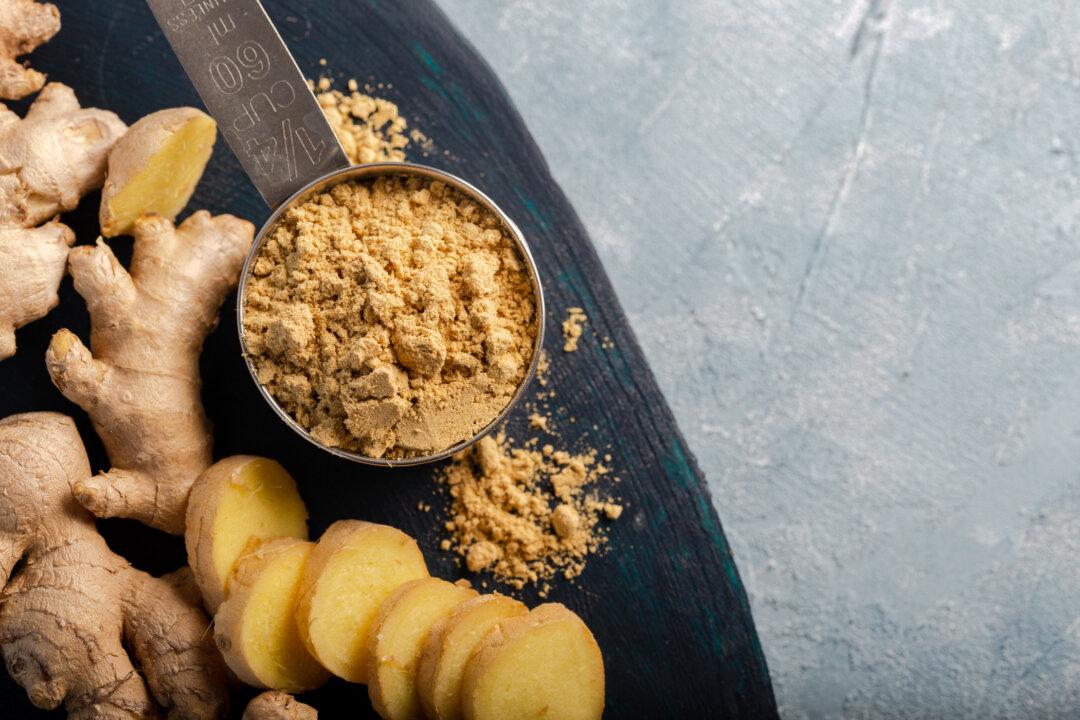Nothing could be more beautiful or poetic than when a healing food actually looks like the organ system it nourishes and heals in the body.
While commonly viewed as mere coincidence or an act of extraordinary randomness, it is difficult for me to acknowledge the exquisite design of the walnut, whose eerily skull-like shell encompasses the fatty-acid rich, bihemispheric “brain” of the nut, without opening myself to the possibility that Mother Nature wove metaphor and meaning into the natural order of things.
Walnuts are well known to have a disproportionately high amount of the very fatty acids, specifically the EPA/DHA omega-3 fatty acid substrate alpha-linolenic acid that the brain requires for optimal health. Moreover, walnuts contain well-known neuroprotective compounds such as gallic acid, vitamin E isomers, melatonin, folate, and polyphenols. Coincidence? Or is Mother Nature providing a clue so obvious we would have to be nuts (or nut deficient) in order to overlook it?






